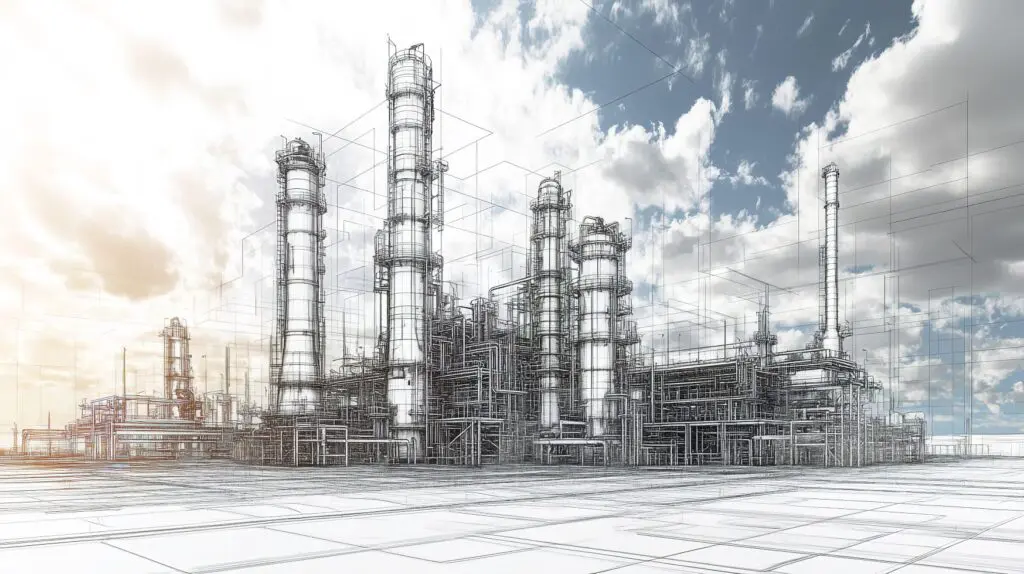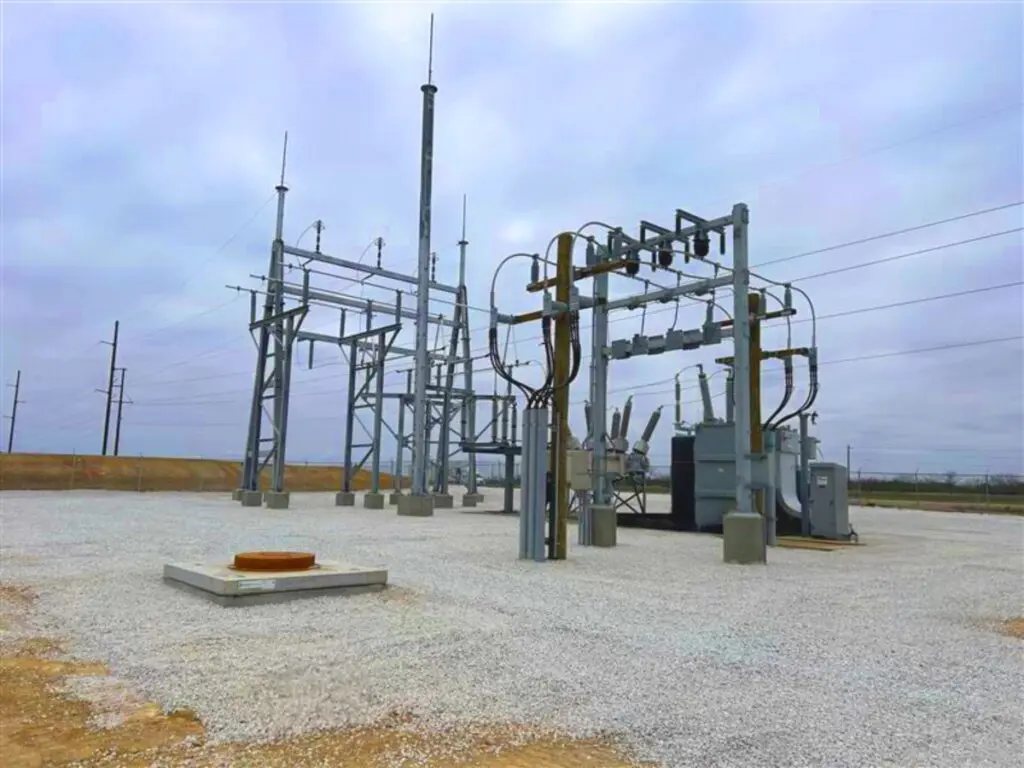

Want to share this article?
Produced Water Treatment and Membrane Filtration
During oil and gas processing, water inevitably is collected as part of the stream.
Not only does this water need to be removed for processing, but the “produced water” also must be treated to remove environmental and system-wrecking pollutants. The U.S. alone produces an estimated 21 billion bbl of produced water a year. And that number is likely to grow since as wells mature in use, they tend to introduce more water into oil and gas streams. This is forcing production companies to take a renewed look at produced water treatment and improved treatment technologies.
According to the U.S. Department of Energy, the major contaminants of concern in produced water include salt, oil, grease, drilling compounds, chemical additives, and naturally occurring radioactive materials. These contaminants can’t be discharged into the environment, thus requiring processing of the produced water. Traditionally, produced water management has been a three-step process, from water-oil separation to secondary treatment to final filtration. The final stage has largely been dependent on the type of water and particulate to be removed. For example, nanofiltration is used with seawater to reduce sulfates, and nutshell filtration is used to remove most of the free and dispersed organic and inorganic particulate.
In early 2012, the Society of Petroleum Engineers held a special workshop in Houston on the topic of produced water management and what the future will hold. During that workshop, the participants discussed many of the advances and challenges in produced water treatment (PDF). In particular, another third-stage filtration option was discussed: advanced membrane filtration.
Membrane separation has been around since the early 1930s thanks to the efforts of researcher William Elford. Since then, membrane technology (PDF) has advanced sufficiently for use in municipal water treatment facilities and, more recently, in produced water management. But as a recent paper in the Journal of Water Process Engineering points out, “there is [still] a substantial need for innovative membrane process technologies” and their improved implementation in the field. This includes putting the technologies closer to the source rather than as part of a post facto management process. The paper’s authors as well as other researchers theorize that regulations aside, efficiency improvements in membrane technologies and their implementation could eventually make produced water a more attractive and renewable resource through recycling and reuse.












